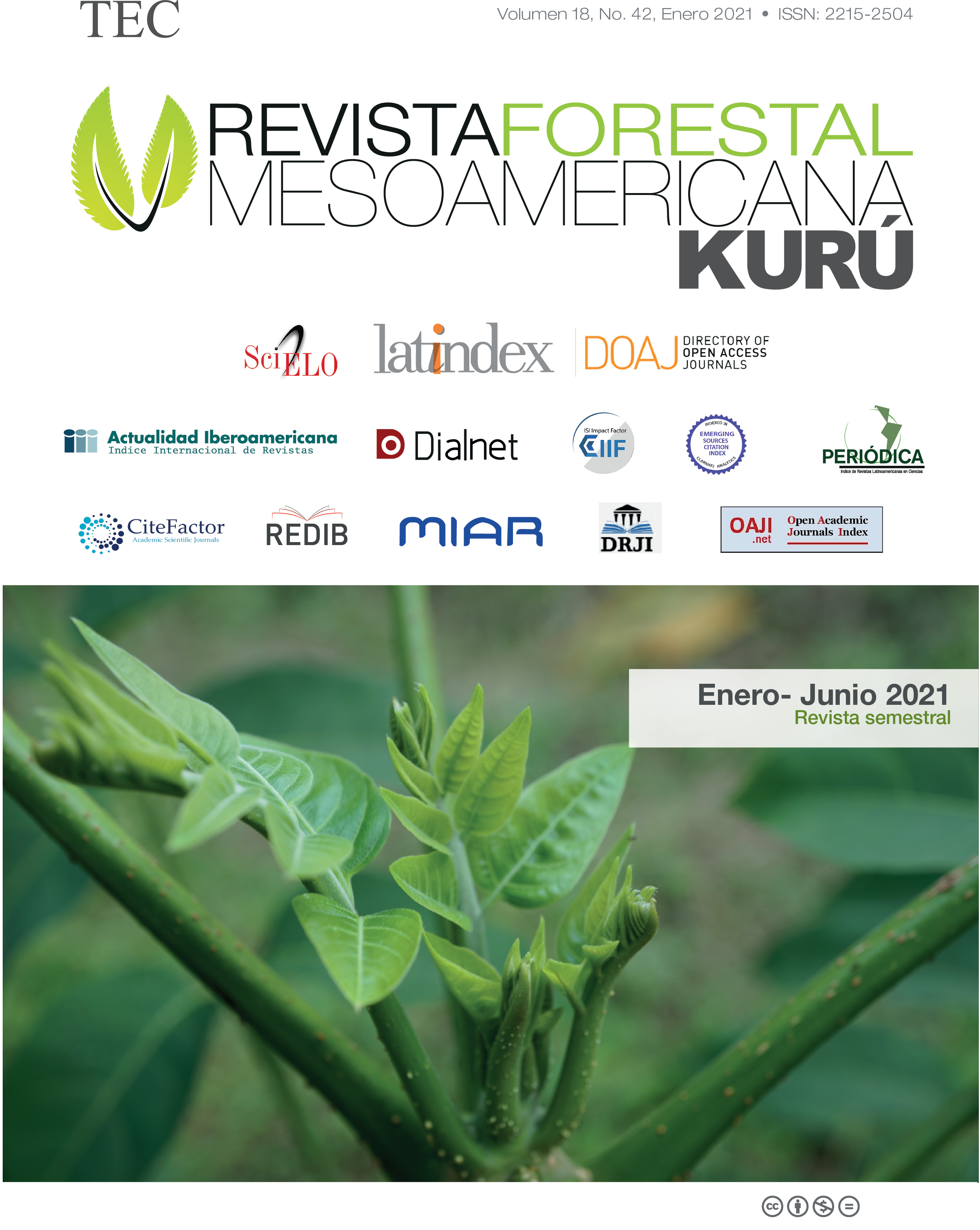Economic response of fertilization in yerba mate
Main Article Content
Abstract
The present research studied the economic response of fertilization in yerba mate plantations. This work was carried out at two sites, in the first one fertilization was performed applying 160 grams of organic manure from poultry production directly in the seedling holes during planting and, from the second year, an annual N-P-K (8-16-16) fertilization of 85 grams of per tree, in the second site no fertilization was carried out. To analyze the economic viability of each site, cash flows were made from cost and revenue information over 24 years. For each site was calculated the payback, the revenue/cost ratio, the average production cost, the net present value (NPV), the infinite net present value (∞NPV), the equivalent annual value (EAV) and internal rate of return (IRR) and for sensitivity analysis, four discount rates were used (3, 6, 8 and 10 %). Both fertilized and non-fertilized site showed economic viability, the first one showed a shorter payback, and higher NPV, ∞NPV, EAV and IRR. Although fertilization increases costs, the foliar productivity of fertilized yerba mate trees promotes higher revenue/cost ratio than non-fertilized ones.
Article Details

This work is licensed under a Creative Commons Attribution-NonCommercial-NoDerivatives 4.0 International License.
Revista Forestal Mesoamericana Kurú is licensed under CC BY-NC-ND 4.0
Al enviar un artículo a la Revista Forestal Mesoamericana kurú (RFMK), los autores ceden los derechos patrimoniales a la editorial de la RFMK una vez su manuscrito haya sido aprobado para publicación, autorizando a la RFMK a editarlo, reproducirlo, distribuirlo, y publicarlo en formato físico y/o electrónico. La titularidad de los derechos morales sobre los trabajos objeto de esta cesión seguirá perteneciendo a los autores.

